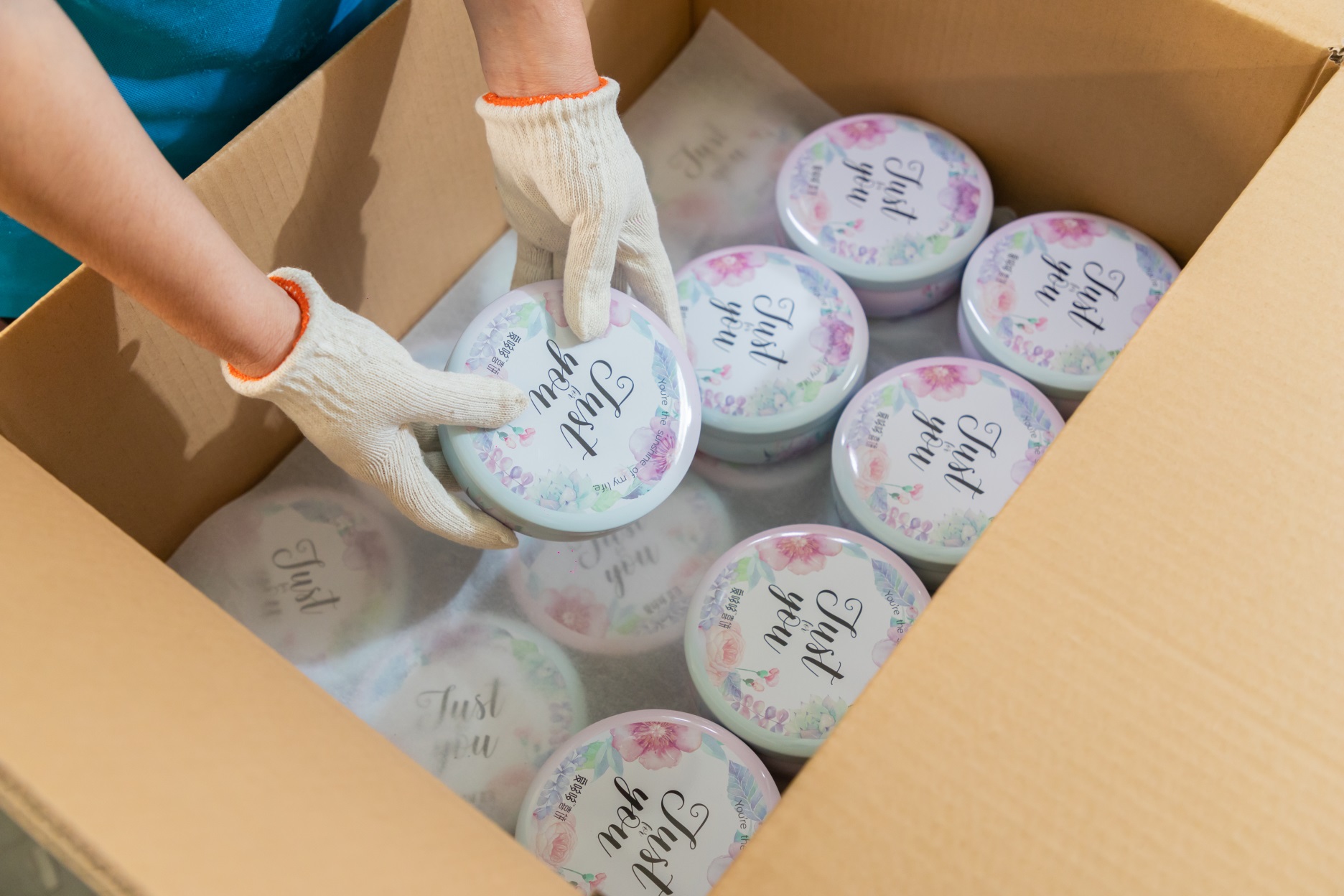In a world where ‘quality’ stands as a make-or-break factor in the success of B2B transactions, understanding the inspection process is indispensable. Whether you are a procurement officer for a large multinational food company or an owner-operator business like Heidi, your concerns align significantly when it comes to the quality of the tin boxes you are procuring. This comprehensive guide aims to clarify the inspection procedures employed by Shanghai TInsfactory Packing Co., Ltd. and offer a roadmap for B2B buyers to ensure they are partnering with a supplier that meets their stringent quality criteria.
Relying solely on third-party inspections is similar to taking a gamble. Yes, they are essential, but what happens before and after is equally significant. As buyers, you must inquire about additional inspection measures a supplier takes. But what if you didn’t have to ask? This leads us to the unique proposition that sets us apart.
Shanghai TInsfactory Packing Co., Ltd. employs a dual-layer inspection model. Alongside third-party verifications, we have our own set of rigorous internal inspection procedures designed to ensure that all our products meet the highest quality standards before they are shipped. It’s not just about passing an inspection; it’s about exceeding expectations.
The tinplate serves as the skeletal framework of the tin box. It is the material that will be folded, stamped, and ultimately constructed into the finished product. Therefore, the quality of the tinplate is paramount. A poor-quality tinplate can result in structural weaknesses, affecting the longevity and usability of the final product.
We carry out a full inspection of each batch of incoming printed tinplate. This involves several quality checks, including:
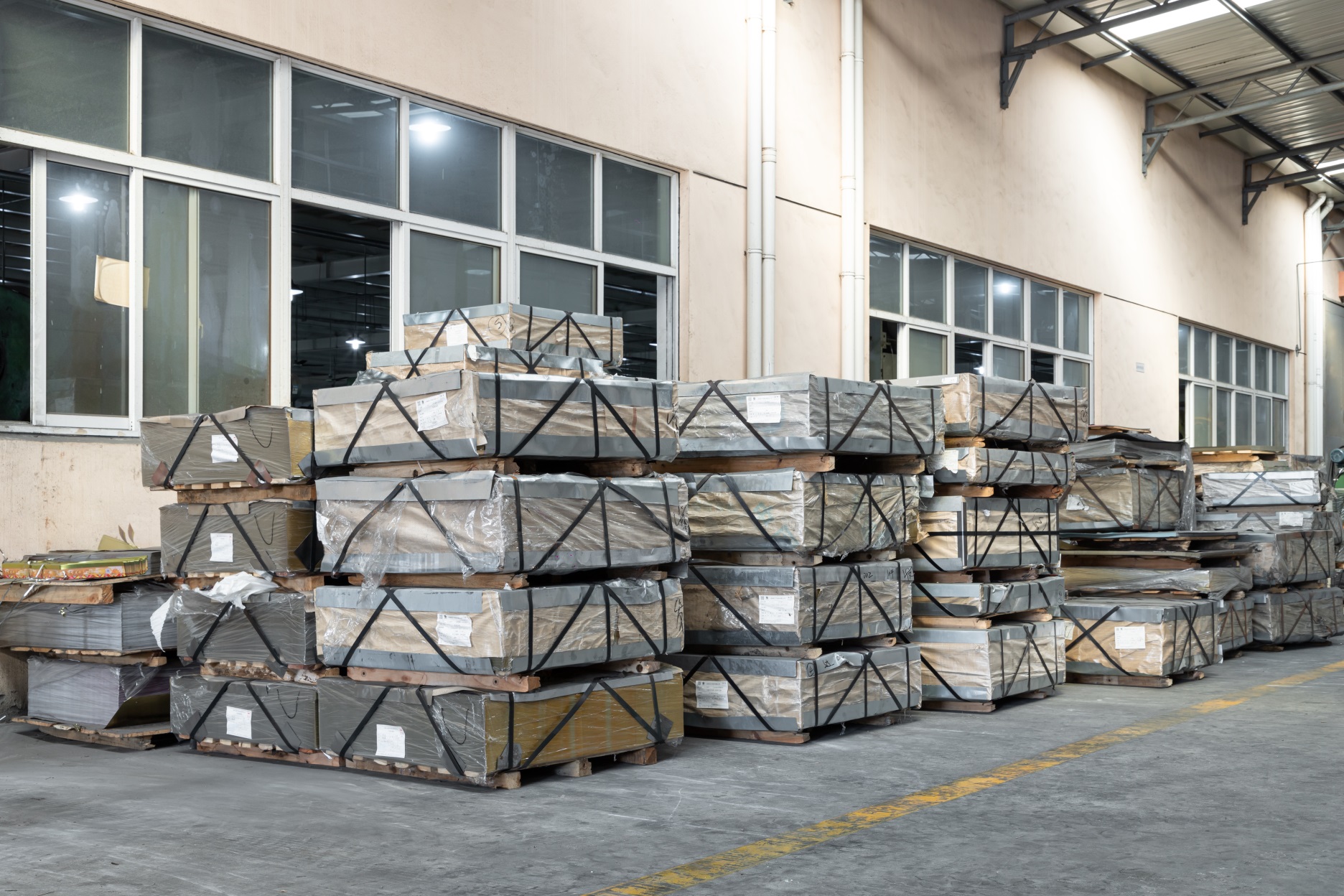
Random inspections during production act as a ‘quality filter.’ They offer a snapshot of the ongoing process and provide an opportunity to correct any emerging issues before they become large-scale problems.
At this stage, we employ state-of-the-art technology and seasoned quality control professionals to conduct random inspections. Elements that are typically checked include:
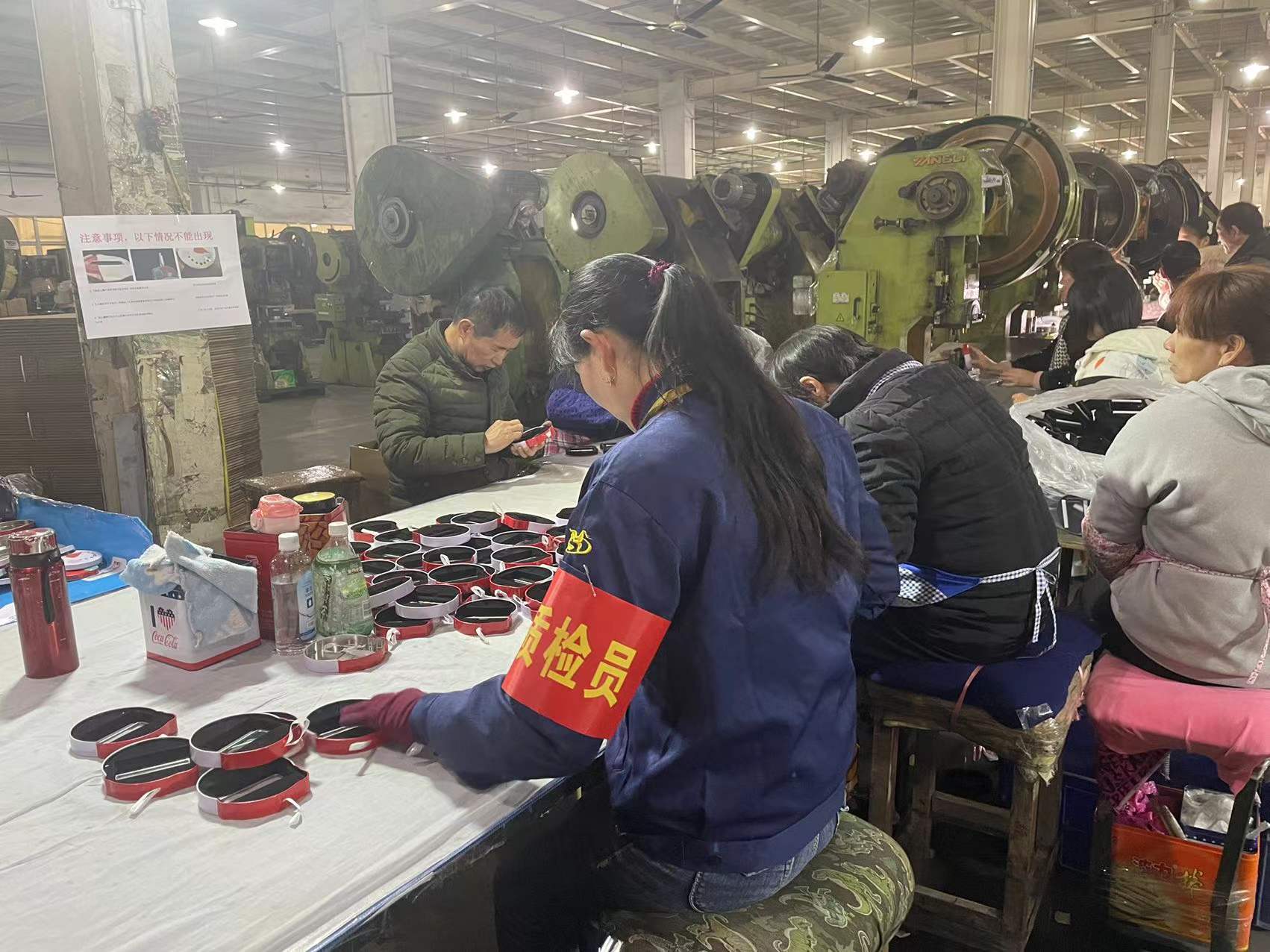
This is the last line of defense in our inspection process. A full inspection before packing ensures that only flawless products make it to our clients, eliminating the possibility of receiving defective goods.
Each tin box undergoes a comprehensive inspection that scrutinizes:
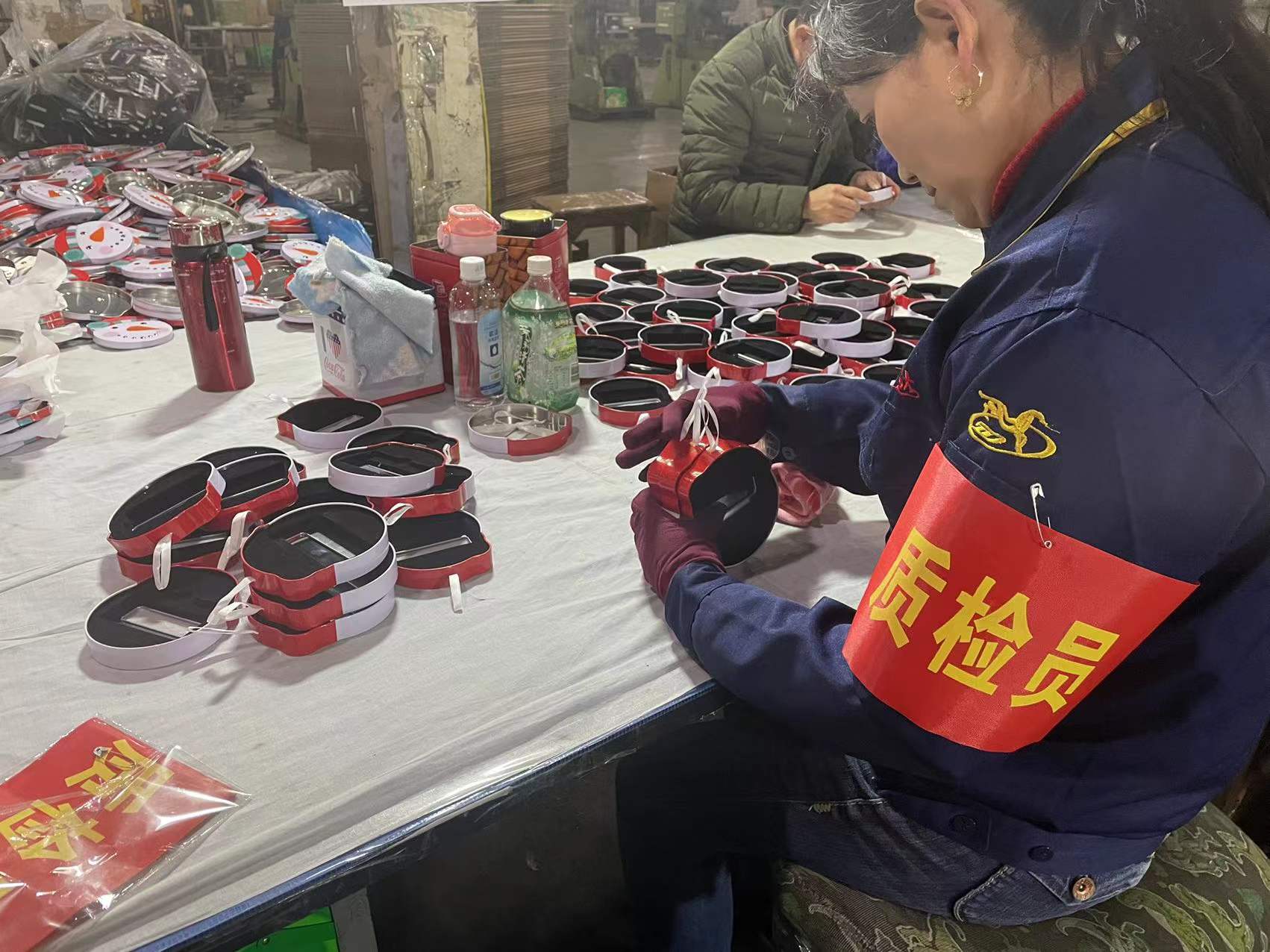
Given the complex purchasing preferences and the key focus on quality inspection, certification, logistics, and payment methods, we recommend the following:
Always request detailed quality certificates and inspection reports. This ensures that you are not a victim of certificate fraud and that your supplier is genuinely committed to quality.
Understanding your supplier’s logistical capabilities is crucial. Ask for a clear timeline from production to shipment. This can save you from the inconvenience of delayed shipments and the potential disaster of missing peak sales seasons.
Inefficient communication can result in misunderstandings and delays. Make sure your supplier’s sales representatives are both knowledgeable and responsive.
Quality is a collective responsibility. While suppliers like Shanghai TInsfactory Packing Co., Ltd. are committed to delivering top-quality products, B2B buyers must also engage proactively in the quality assurance process. After all, your brand’s reputation is only as strong as the quality of the products you offer. By comprehending the importance of a dual-layer inspection model and what each stage entails, you can make more informed decisions and significantly reduce the risks associated with procurement.
For further insights into how we can exceed your quality expectations with our top-quality, customizable tin boxes, feel free to reach out to us.
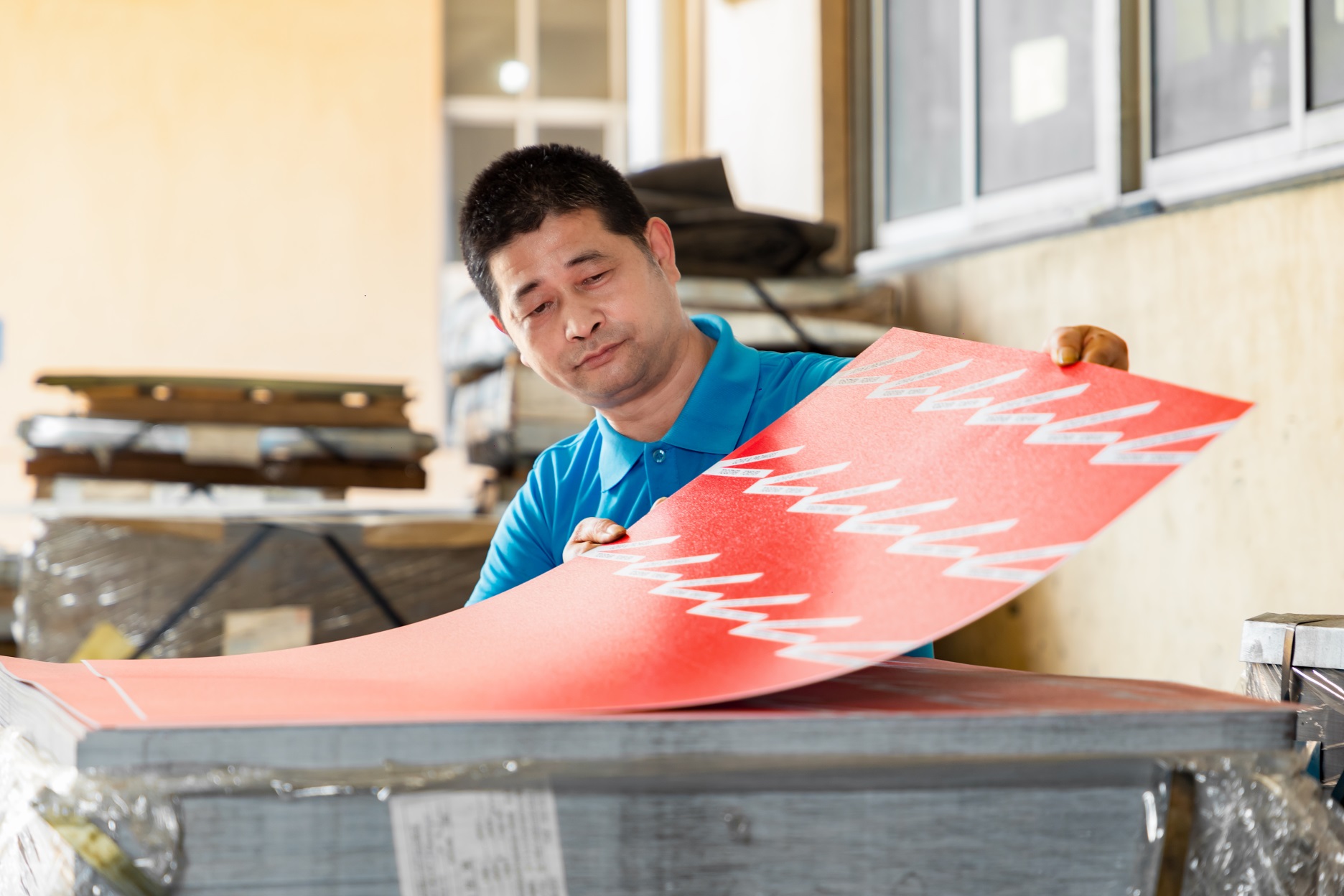
I trust that this extended article provides a deep-dive understanding of our inspection process and serves as a valuable resource for B2B buyers like you. If there are any other specific points or topics you’d like to explore further, please do not hesitate to inform me.
